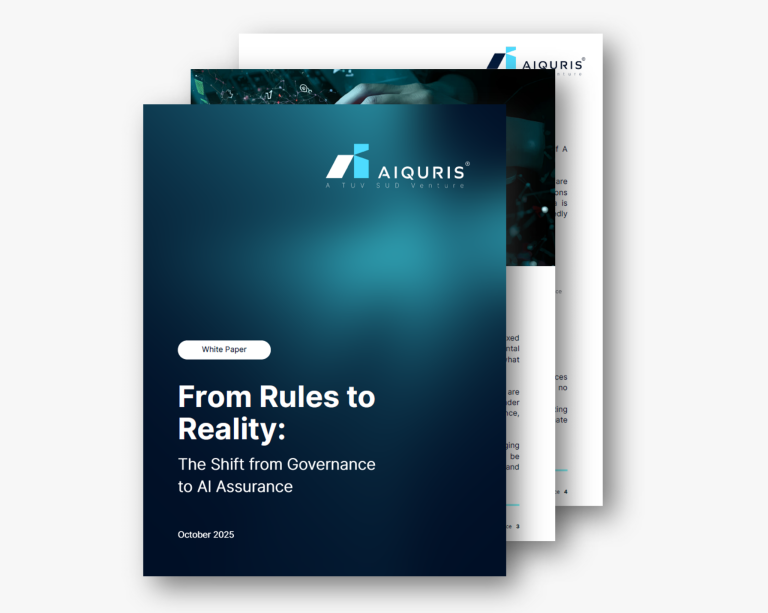Adobe, a behemoth in the digital space, recently announced updates to its ToS, sparking significant debate and concern among its approximately 20 million Creative Cloud users. The updated terms, effective February 17, 2024, which involved changes to sections 2.2 and 4.1, detailing how Adobe can access and define user content, prompted complaints leading to a backlash.
How the reliance on deeply embedded corporate tooling exposes corporates to major AI risks
The changes, initially interpreted as granting Adobe unprecedented access to user projects, raised red flags regarding data privacy, ownership rights, and the implications for corporate workflows. In Adobe’s words, the changes clarify that the company “may access your content through both automated and manual methods, such as for content review.” Creatives feared Adobe’s vague language implied it would use their work to train Firefly, Adobe’s generative AI model, or access sensitive projects under NDA.
Users were particularly alarmed because they found themselves locked out from using the programs, unable to uninstall them, or even contact customer support until the new terms were agreed to. This enforced compliance further fueled the backlash, as it disrupted workflows and heightened concerns over user autonomy and consent.
How the lack of clarity and transparency fuels mistrust between corporates and software providers
Within a few days, Adobe released a statement asserting that the updates were misconstrued due to the ambiguous language and emphasised that this was part of an effort to crackdown on illegal content. Adobe’s response highlighted that it “does not train Firefly Gen AI models on customer content” and that it will “never assume ownership of a customer’s work.” However, the initial lack of clear communication created confusion and mistrust among users, who felt blindsided by the sudden and non-negotiable terms.
Adobe has spent the past week speaking to customers with a plan to remedy the situation by pushing notifications in a more precise and plain manner to ensure utmost clarity. These updated changes should roll out by June 18, 2024 and it is a step towards rebuilding trust but may not fully alleviate concerns. While Adobe swiftly moved to address the outcry, the incident offers valuable insights into the inherent risks associated with reliance on corporate tools, particularly those powered by AI.
How widespread adoption and digital transformation increases the urgency for AI risk management
As businesses increasingly leverage AI-driven solutions for enhanced productivity, efficiency, and innovation, they inadvertently expose themselves to many risks, ranging from data breaches to regulatory non-compliance.
The severity of such incidents is compounded by the widespread adoption of such deeply integrated corporate tooling across various industries, from marketing and design to content creation and beyond. With millions of users relying on Adobe’s suite of tools for mission-critical tasks, any ambiguity in the ToS can have far-reaching implications, disrupting workflows, compromising intellectual property, and eroding trust.
Moreover, the timing of the ToS changes adds another layer of urgency to the conversation. As businesses accelerate their digital transformation initiatives in response to evolving market dynamics and customer expectations, the need to safeguard against unforeseen risks becomes paramount. Organisations are left with limited time to assess the potential impact on their operations and take necessary precautions.
How to effectively adopt a proactive approach to AI risk management
Against this backdrop, it’s imperative for companies to adopt a proactive approach to AI risk management. This entails not only evaluating the technical capabilities and performance metrics of AI-driven solutions but also delving into the governance frameworks, underlying algorithms and data handling practices.
- AI Governance Structure: Establish clear policies and guidelines for AI development and deployment. Implement robust governance frameworks that include ethical considerations and regulatory compliance. Set up mechanisms for accountability and transparency in AI operations.
- Risk Identification and Mitigation: Conduct thorough risk assessments to identify potential vulnerabilities and threats. Develop and implement risk mitigation strategies tailored to specific AI applications and environments.
- Regular Audits and Assessments: Perform regular audits and assessments to ensure adherence to established policies and identify emerging risks. Adapt and refine AI risk management strategies based on audit findings and evolving industry standards.
- Technical and Performance Evaluation: Continuously assess the technical capabilities and performance metrics of AI-driven solutions. Regularly update benchmarks and performance standards to keep pace with technological advancements.
- Algorithm and Data Handling Analysis: Examine the underlying algorithms for biases and inaccuracies. Scrutinise data handling practices to ensure compliance with privacy regulations and ethical standards.
Conclusion
The Adobe ToS controversy serves as a poignant reminder of the need for vigilance in the digital age. As businesses navigate the complexities of AI integration, it’s incumbent upon them to exercise due diligence, advocate for transparency, and champion responsible AI practices. By embracing a proactive stance towards AI risk management, organisations can navigate the pitfalls effectively while harnessing the transformative potential of AI.



